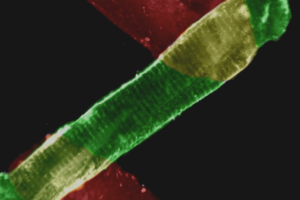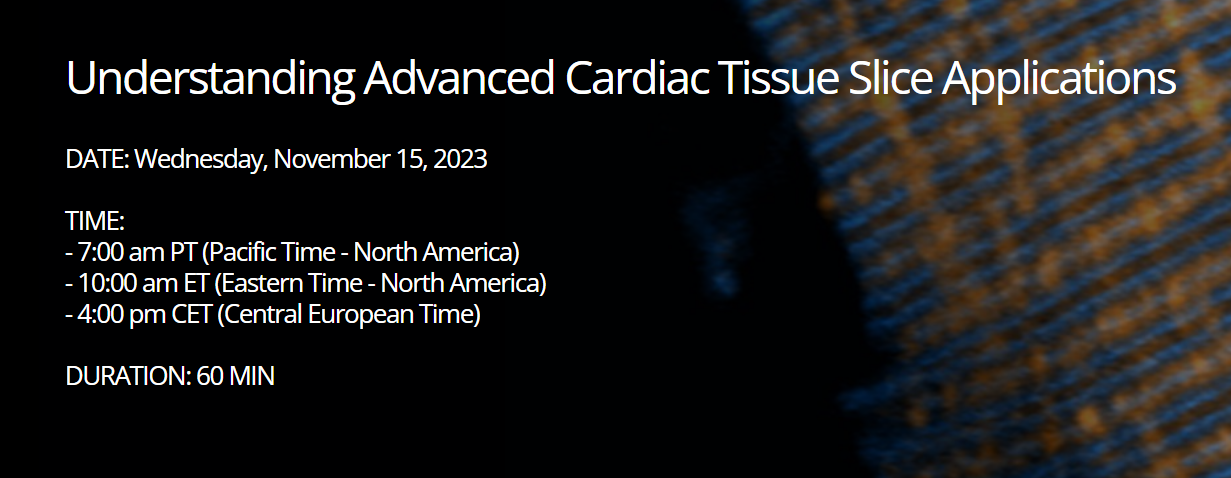Go back to RESOURCES
Techniques and Best Practices for Cardiomyocyte Isolation
For the successful study of cardiomyocytes, proper isolation and assessment of myocyte viability is imperative. If a researcher’s isolation technique is not fundamentally sound, data quality will be compromised, confounding any results and conclusions. Therefore, having a clear understanding of these techniques is essential for any scientist using myocytes in their research.
During this webinar, Dr. Ronglih Liao of the Stanford School of Medicine and Dr. Davor Pavlovic of the Institute of Cardiovascular Sciences at the University of Birmingham address these long-standing hurdles by discussing best practices for isolating healthy, calcium-tolerant adult cardiomyocytes for functional studies. They describe their techniques, the basic principles and theory behind these methodologies and modifications that should be considered based on an experiment’s species and reagents.
Specifically, Dr. Liao presents a proven, Langendorff-based method and discusses how to evaluate the success of an isolation based on calcium tolerance, morphology and functional outputs. Following, Dr. Pavlovic reviews an innovative Langendorff-free method for cardiomyocyte isolation, compares and contrasts this approach with the traditional procedure and discusses the pros and cons of each. The webinar closes with an engaging Q&A session with the presentation team.
This is an essential webinar for basic researchers utilizing isolated cardiac myocytes, those who have considered using them but have found the isolation procedure too daunting, and those who wish to improve their technique to produce more meaningful, reproducible data. Access the webinar Recording and Slides below.









